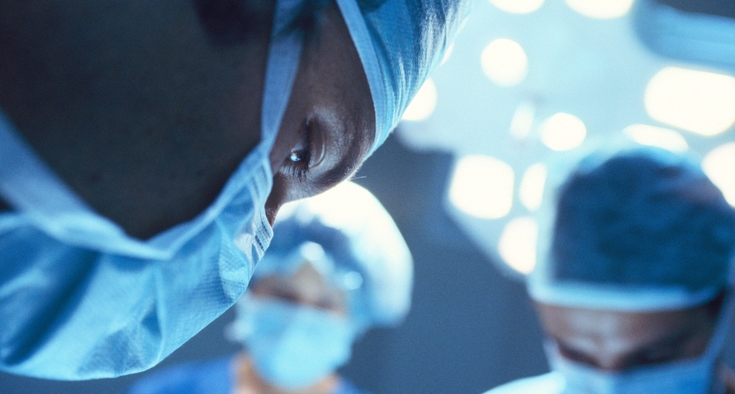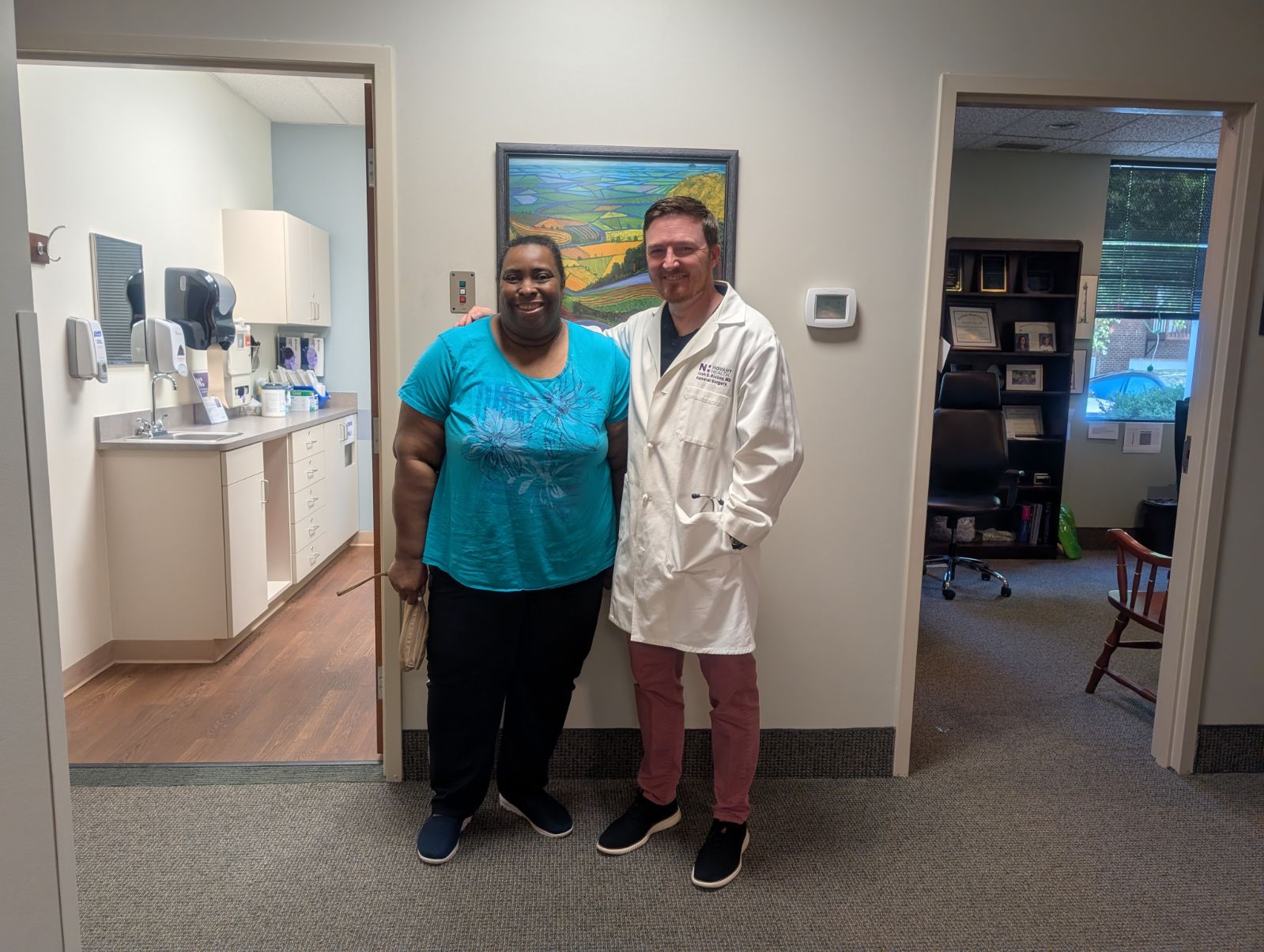Bariatric surgery — a procedure used to manage obesity and the serious health risks associated with it — has been changing people’s lives since it was introduced in the 1950s.
Since then, “more than 50 bariatric procedures have been proposed and implemented, a sign of vigor and imagination in the field,” according to the American College of Surgeons (ACS). “As a result of time and trial, several procedures have been established as standards.”
Indeed, technology and our understanding of how metabolic and bariatric surgery treats the chronic disease of obesity have advanced greatly. The most advanced technology is the surgical robot, which allows surgeons better visualization and dexterity with instruments inside the abdomen to perform complex operations through small incisions. This allows safer surgery with a quicker recovery.
The word “robot” can be misleading, however. The device doesn’t perform surgery on its own. Rather, it is a complex device that operates as an extension of a highly trained surgeon’s eyes and hands.
With recovery time being about the same for all the minimally invasive procedures, surgeons consider other important factors — including body mass index (BMI), eating habits and lifestyle, health issues, previous surgeries and potential risks — when making a recommendation for bariatric surgery.
We talked with Dr. Paul Chandler, a surgeon with Novant Health Salem Surgical Associates - Clemmons, about the top bariatric surgery procedures, their benefits and potential risks, and who they’re right for. He said bariatric surgery, also known as weight-loss surgery, might be an option if your BMI is:
- 40 or higher. (Check yours by using this simple online BMI calculator.)
- Between 35 and 39.9 when coupled with a serious weight-related health issue, such as Type 2 diabetes, high blood pressure or severe sleep apnea.
Understanding your weight-loss options
Sleeve gastrectomy
- The Details: The most common bariatric procedure performed in the U.S. involves a single organ: the stomach. “We cut the stomach until it’s the size and shape of a banana,” Chandler said. “Then, the rest of the stomach — about 80% — is removed. It’s safe and effective, but it results in less weight loss than other procedures.”
Roux-en-Y gastric bypass (RYGB)
- Details This procedure has been around for more than 50 years. It’s the second-most common bariatric surgery performed today and is very effective. Chandler explained how he performs this surgery: “I divide the stomach into two parts so there’s a small pouch of the stomach where the food goes. Then, I cut and rearrange the intestines. I make a new connection between the stomach and intestines and another connection further down the intestinal tract. When you eat, food goes into the stomach pouch and then into the intestines in what’s called the ‘roux limb,’ but you don’t start absorbing fat and nutrition until it hooks up with the digestive juices from the part of the stomach and intestines that was bypassed.”
A potential long-term risk is forming an ulcer, so Chandler doesn’t suggest Roux-en-Y to someone who smokes or takes a lot of NSAIDS (such as ibuprofen or naproxen sodium ) — two contributing risk factors to possibly developing an ulcer. Every patient must stop smoking before any bariatric surgery, but it’s especially important to never smoke again after gastric bypass.
- Ideal for: “It's good for people with reflux and those who have more weight to lose,” Chandler said. “And it's very good for diabetes; it has about an 80% remission rate. Improvement in blood sugar occurs almost immediately, within 24 to 48 hours after surgery. Patients usually stop diabetes medication on discharge.”
Single anastomosis duodenal-ileal bypass w/ sleeve (SADI-S) gastrectomy
“During the first part of the surgery, I turn the stomach into a sleeve, but it’s a little bit bigger than if we were just doing the sleeve by itself,” Chandler said. “Just like with the bypass, I rearrange the intestines. I'll divide the first part of the intestines with a stapler and then make a new connection to a loop of intestines further downstream. When the patient eats, food goes down the sleeve and into the latter portion of the small intestines before going to the colon.”
“The biggest things to worry about with SADI-S are deficiencies in protein and vitamins,” Chandler explained. “Every patient who has this procedure will need to take a daily multivitamin for the rest of their life. In fact, patients should do that after any bariatric surgery, but it’s most important after SADI-S.”
‘Not a problem of willpower’
Some bariatric surgical procedures common years ago have proven to be less successful than those that have become the gold standards. “Purely restrictive procedures, such as gastric balloon and lap band, are rarely done anymore,” Chandler said. “We’re mostly removing lap bands and converting them to a different type of metabolic and bariatric surgery.”
Chandler and he and his partners ensure their office is a judgment-free zone. “Obesity is a chronic, lifelong disease,” he said. He notes that you can’t look at someone who’s overweight and make assumptions about their diet or level of activity. “Some of my patients have much healthier habits than people I know who don’t have obesity. Other factors come into play, such as genetics, environment, hormones. It’s not a problem of willpower; it’s a disease.”
Want to learn more? The American Society for Metabolic and Bariatric Surgery offers more details on different types of weight-loss procedures.










